I literally started the New Year with art.
Well, day two, if you’re picky.
Morgantown, WV to Washington, DC is a doable, if long, day trip. My suggestion is to take the highways to the Shady Grove station on the Metro Red Line and ride in to Judiciary Square station. The National Gallery of Art is a short walk from there. Bundle up if its a cold January day, which it was (but not as cold as visiting Iceland in early March, which I did a few years ago). I’m a creature of the winter, though. So, I donned my puffer coat and thick socks and it was all good.
The current exhibit, Paris 1874: The Impressionists Moment, will come down after January 19, 2025.
I’m what you might call a very enthusiastic art appreciator. I don’t have formal training in the visual arts (a bit in music, a lot in dance and creative writing). But I love art. Those of you who have known me a while will remember the trip I made to the Rijksmuseum in Amsterdam to see the Vermeer exhibit. But this year did not start with the Dutch Masters. Impressionism was on my mind.
First, I waited for 75 minutes in a line that snaked down the corridor of the west building (if you follow me on social media, you probably saw the pictures I took looking in on portraits, and especially the black and white of Napoleon, whose gaze is what we might say has very disapproving vibes).
But you know what’s great about a 75-minute wait (besides, of course, my side pictures)? So many people waited to see art. In a time when it seems art is underappreciated, when politicians and business leaders deride those who study the arts and humanities, on a cold day right after New Year, many people visited the National Gallery and patiently waited to view works of art. What might this tell us about how art calls to and moves us? To wait, this artwork has to mean something to you. Seeing how many people waited makes me hopeful for art’s future. Prehaps we care about art more than the pundits and politicians would have us believe.
As you get closer to the exhibit, on two walls flanking the opening, you see projected the city of Paris, in black and white, rising, it seems, from the ashes of the Franco-Prussian War (I’m sure parts of this were AI). It set the scene for the exhibit to follow: a quick, brutal war, France lost, and then a civil war which led to the short rule of The Commune in Paris. When peace is restored, Paris turns to art. It’s against this (poorly) summarized backdrop that the Académie des Beaux-Arts held its annual Salon—the event in the French art world. But it largely rejected those artists that would become known as the Impressionists.
In 1874, the rejected artists formed their own exhibition, known as Société Anonyme. In the exhibit, one will see the work of both the artists in the Salon and those in the Société Anonyme. Competeing exhibitions! The establishment and the upstarts! Tradition versus modernity! Women artists!
In the Paris 1874 National Gallery exhibit, you can often see these artworks in proximity to one another. Can you tell the difference?
I was surprised at how few of the Salon’s artists I was familiar with. I was also surprised at how many Impressionists works in the exhibit I was also not familiar with, even as I knew many of the artists. I realized that I’d seen many of the same works by artists like Monet, Manet, Degas, Renoir, Sissley, Cezanne, Pissarro, and so on, but I didn’t have the breadth of their work in my consciousness. However, knowing there were so many more paintings I could, and perhaps should know was exciting to me. Later, I would look for the exhibit’s catalog at the gift shop so that I could read and learn more, but sadly, there were no copies. When I returned home I ordered it online. I’m excited to explore more by reading up on these paintings and artists.
Also, while the artist of the offical Salon were revered in their time, it is now the Impressionists who are more widely known. And that, I think, speaks to something about the difference between what we pay attention to in the present, versus what has lasting value in the future. For those of us making art now, who of us will be known well beyond our own decades? And does it matter?
A few other things of note: this exhibit included many pictures in a small space. There was not a lot of space between them, which was good for contrasts, but also had drawbacks. I found myself comparing it to the 28 pictures I saw at the Vermeer exhibit. I had no idea the difference space between paintings can make, but it was easier to take in single paintings in the Vermeer exhibit, and to stand and take them in, whereas the closeness of the Paris 1874 paintings was almost an assualt on the eyes. Of course, the museum works with the space it has. I get that. But also, I’m learning about my own preferences as a viewer, not just of the art itself, but its presentation.
Another Vermeer comparison: lighting. Much care and attention was paid to the lighting of the Vermeer exhibit, whereas in the Paris 1874 exhibit, lighting felt, for lack of better word, off. Or perhaps there was little that could be manipulated, in terms of light, due to the space? I don’t know. Sometimes the light hit paintings as a harsh glare, making it difficult to see them, except for the “perfect” distance. With a packed crowd working its way through each room, this was not always possible. So, some paintings did not have the emotional resonance I would have thought they would, simply because of this element of the show. I’d not really thought much about how lighting affects the way we look at art, but after this, I will. It’s like lighting dance or theatre productions. It’s part of the overall experience.
Something I appreciated was the inclusion of women in the Paris 1874 exhibit. In fact, I was a bit shocked to know how many more women painters there were. I knew of Morisot and Cassatt, but the scope of women in this exhibit went beyond those who might be more well-known. One who I will be learning more about is Eva Gonzalès.
A few other pictures that I took were these sketches that did not strike me as either Impressionists or Salon style:
And how fun to be surprised by these. Also, isn’t Jupiter a great name for a dog?
The inevitable question when I go to see an exhibit: what piece was your favorite? I can’t say I have a favorite, but the one I can’t seem to stop thinking about is this one:
It’s “Marie-Anne-Caroline-Duran” by Manet, done in 1874. Is it my favorite? Not really. But her stare is haunting long after I viewed her. The green background was unlike others I saw—blues and pastels ruled the day. And there is something in her manner of dress that doesn’t necessarily say “late nineteenth century” to me. She seems out of time, this little girl. She can exists in any time, really.
After waiting in line, and then spending a good amount of time with the artwork, I was famished. The cafe downstairs offered some Paris 1874 themed food and drinks, but I opted for an acorn squash salad. It wasn’t inexpensive to eat in the museum’s cafe, but very convenient. The surprisingly generous portion, along with settling a growling tummy, was just the thing. But if you try the French L'Opera Cake (layers of almond sponge, coffee buttercream, and rich chocolate ganache garnished with fresh berries and Chantilly cream) let me know what I missed.
News and Notes
After writing about my “subtle” reading habits in the recent past, I am starting my own Subtle Reads of the month. In January, this will begin with a book that I’ve been meaning to read for some time now, Jenny Odell’s How to Do Nothing: Resisting the Attention Economy, followed by Appalachian writer William Woolfit’s Eyes Moving Through the Dark: Essays. Please feel invited (but not obligated) to join me in these reads. No offical meetings or a club, but I always welcome your insights.
I am also thrilled to announce that Kori Frazier Morgan, one of my friends from the MFA days, has a new book out later this month. It’s a collection of essays, Why I Dyed My Hair Purple And Other Unorthodox Stories. I’ve included the link to her website for pre-orders. I’m sure I’ll have more to say on Kori’s latest in upcoming “I’d like to comment…” entries. So grab a copy and some coffee.
These winter days I’ve been chilling out with Supreme Beings of Liesure, an LA-based electronic/trip hop band. Slick meets soulful, it’s kind of nice watching the snowflakes fall to modern cool. Also, I aspire to be a supreme being of liesure, if not in song, then in temperament.
I finished a (crappy) first draft of a novel. I’ve not written fiction in over a decade. Ready to dive into some serious revisions. Also, it will require more research on things such as tarot, World War I, and jersey—the fabric, not the US state. The best part about having the first draft is that the revision work is clearer than the initial drafting. I always do my best writing when I’m revising. Wishing you all the best on your projects, creative and otherwise, this New Year.





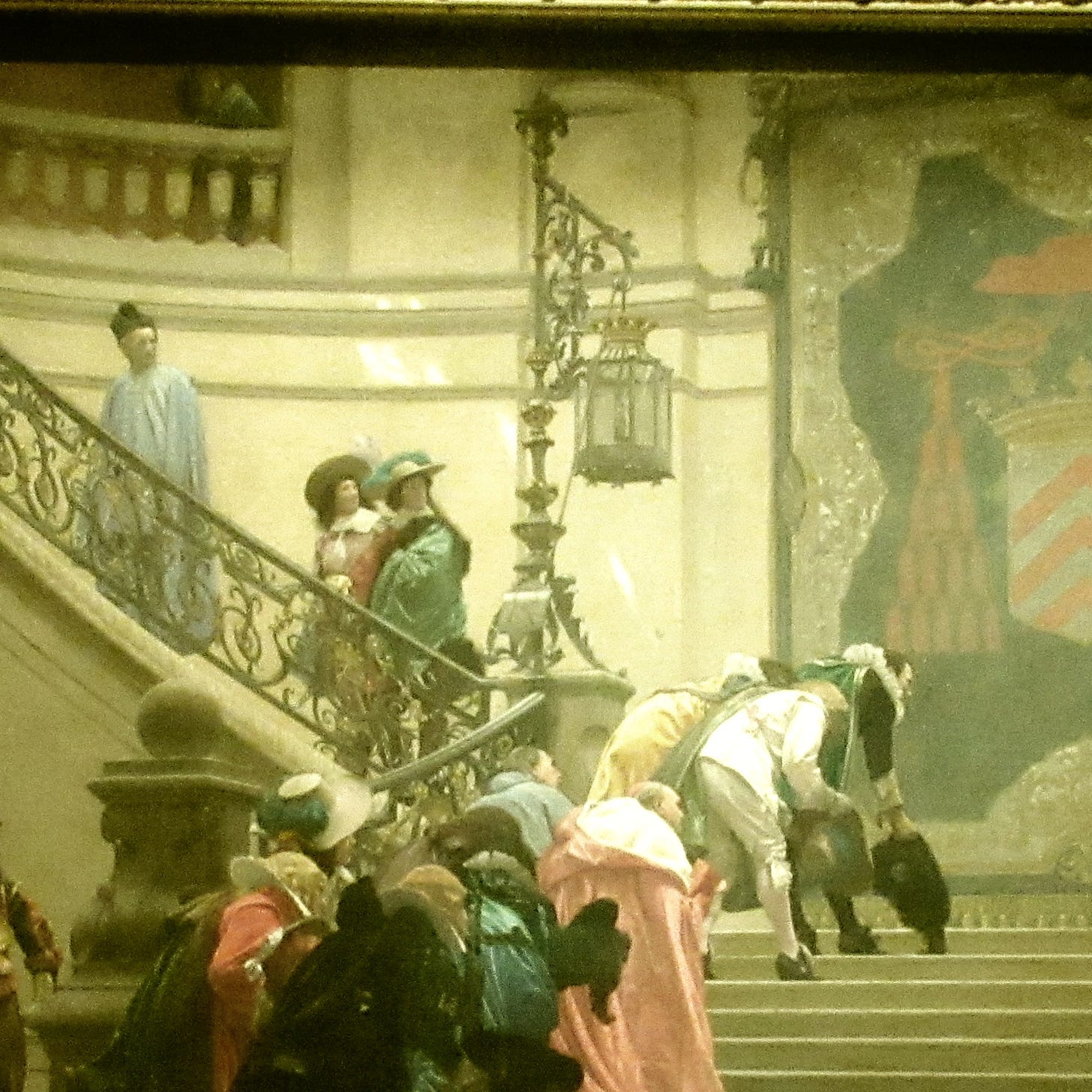
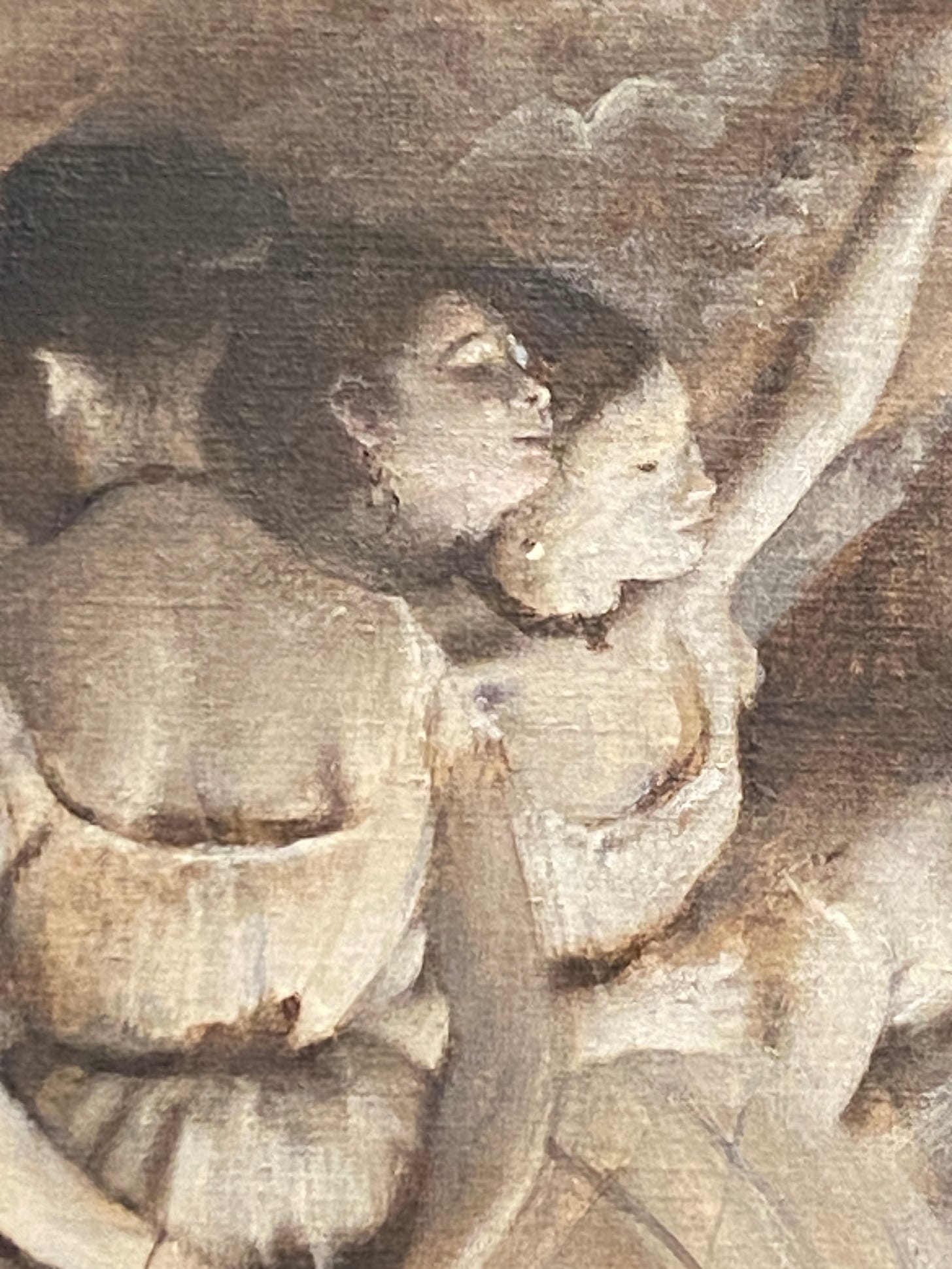
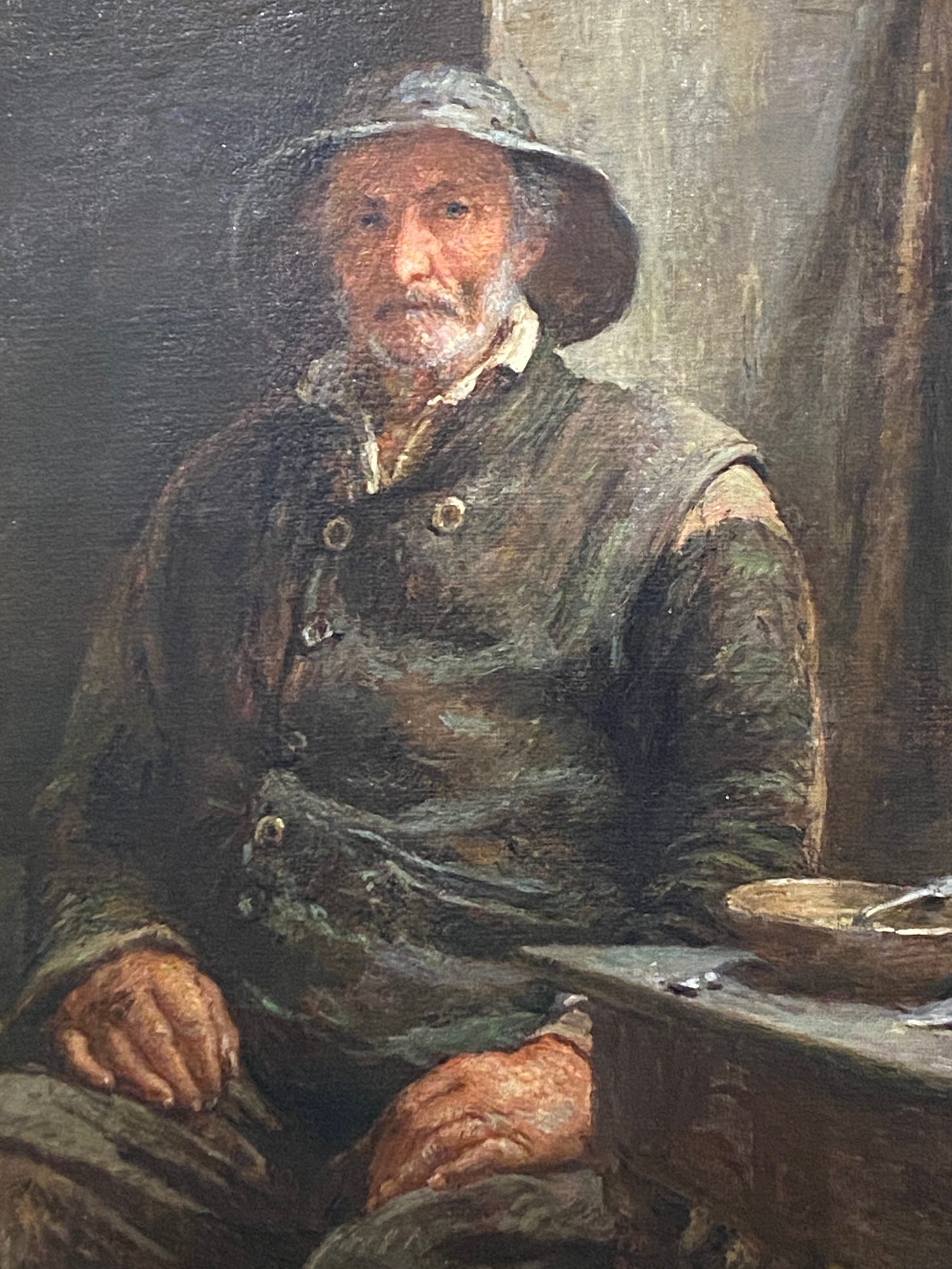

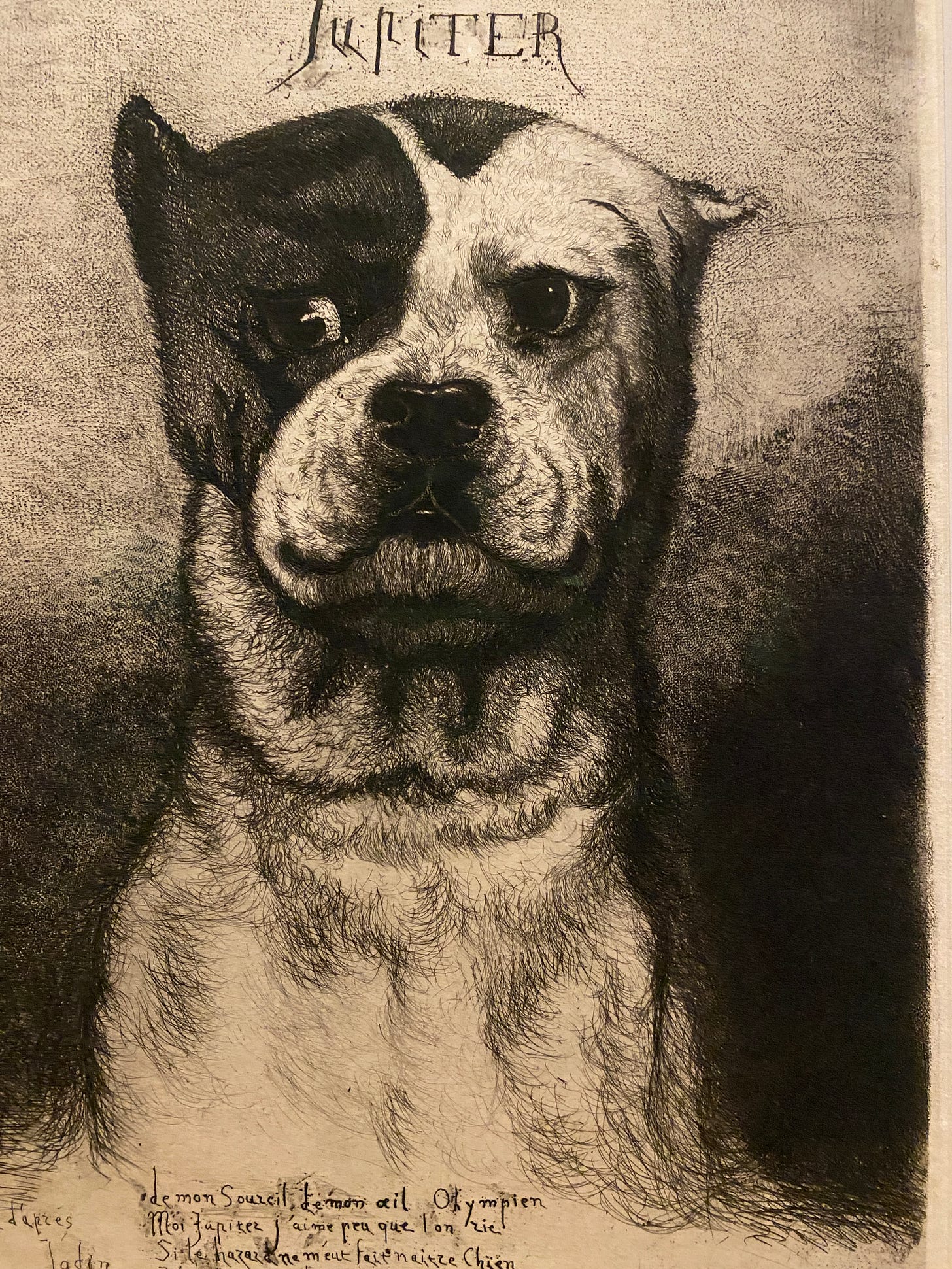
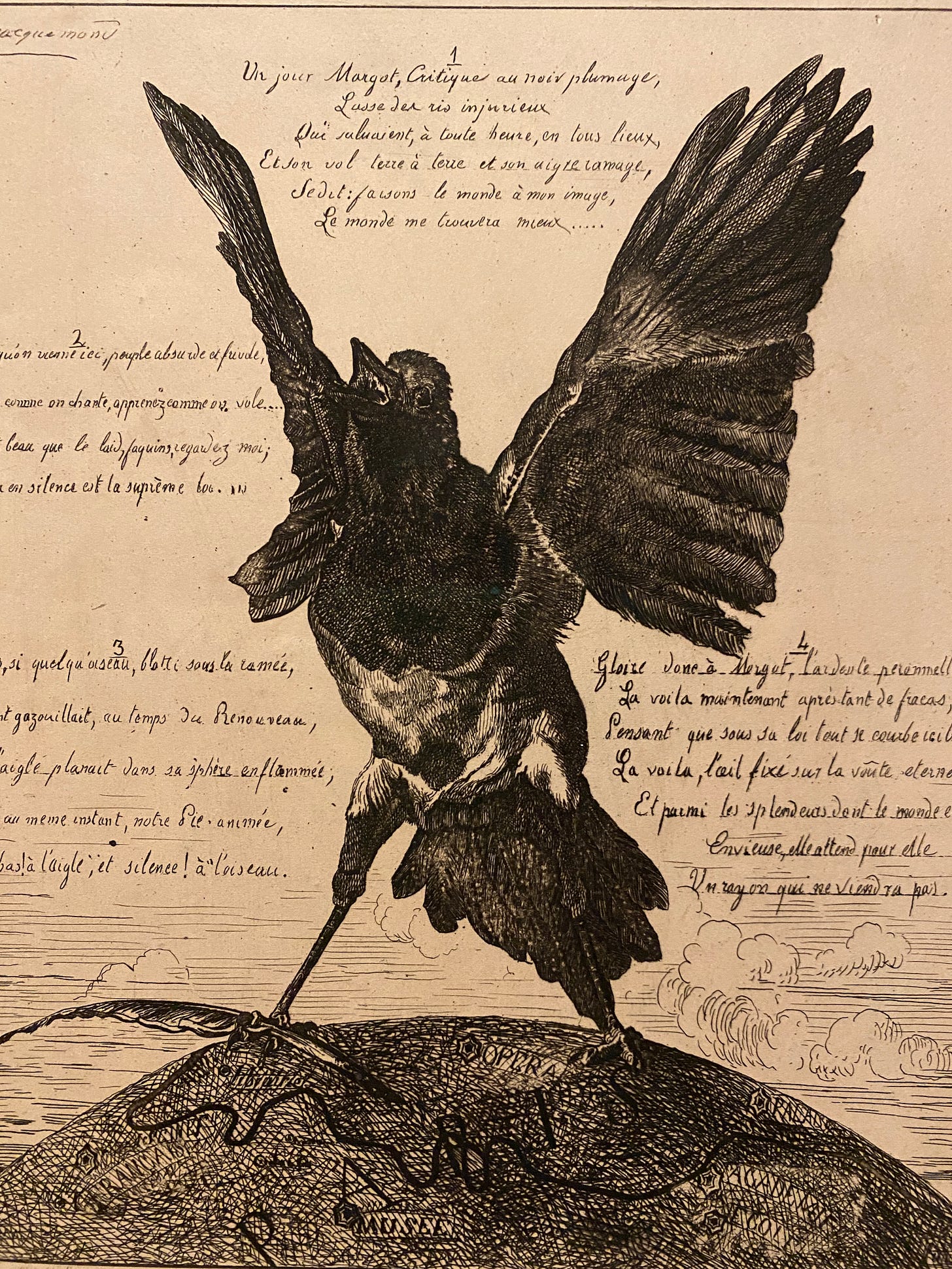

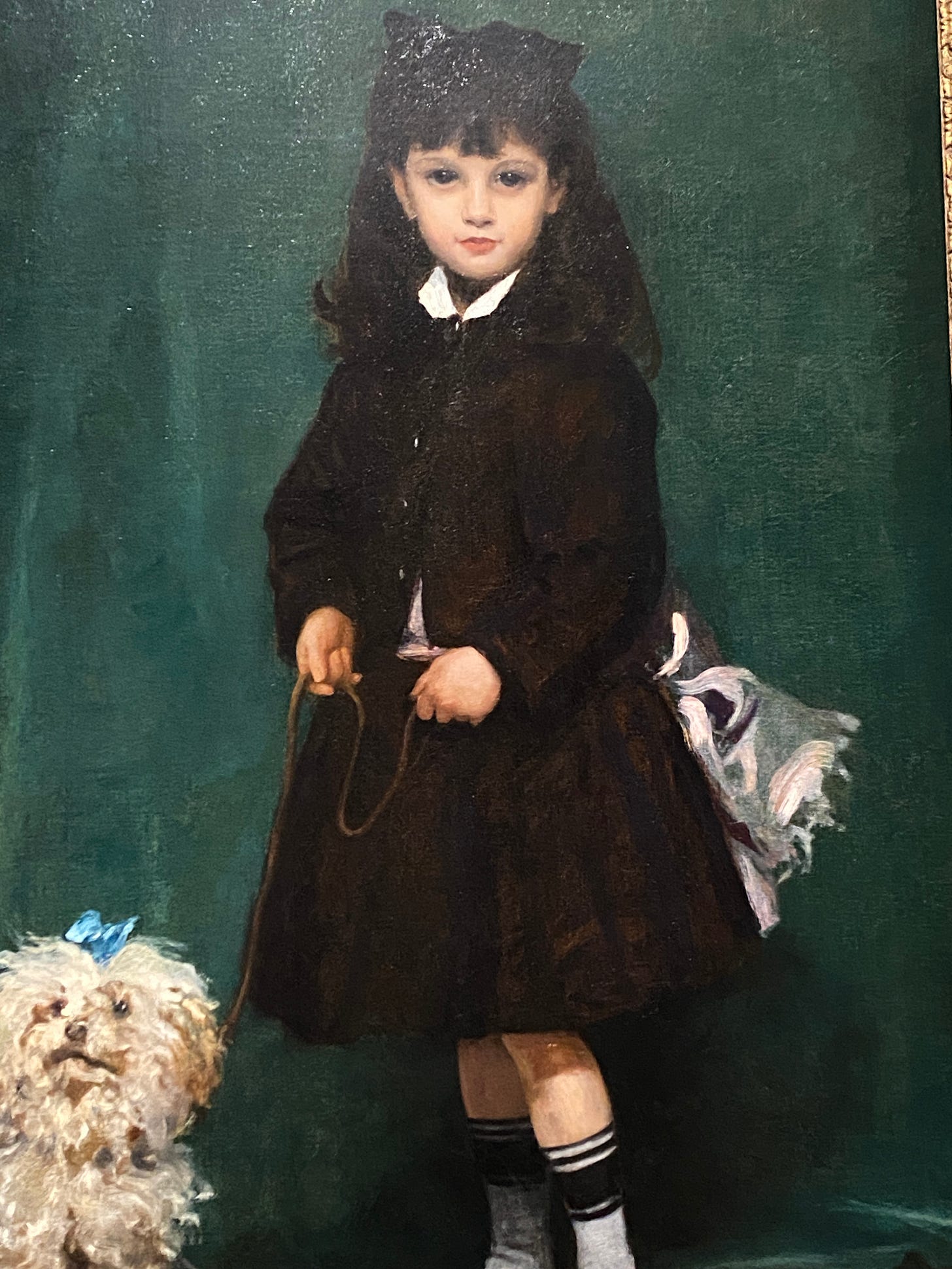
Congratulations on your draft! That is amazing!
Thank you! And hoping you are starting this new year with the best creative energy!